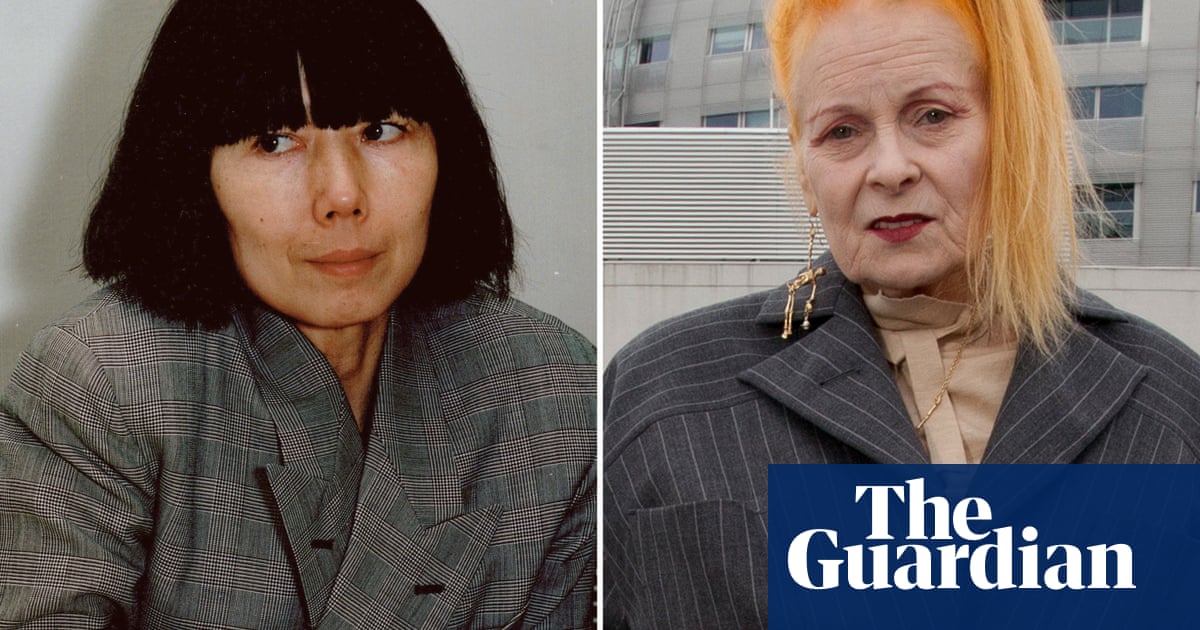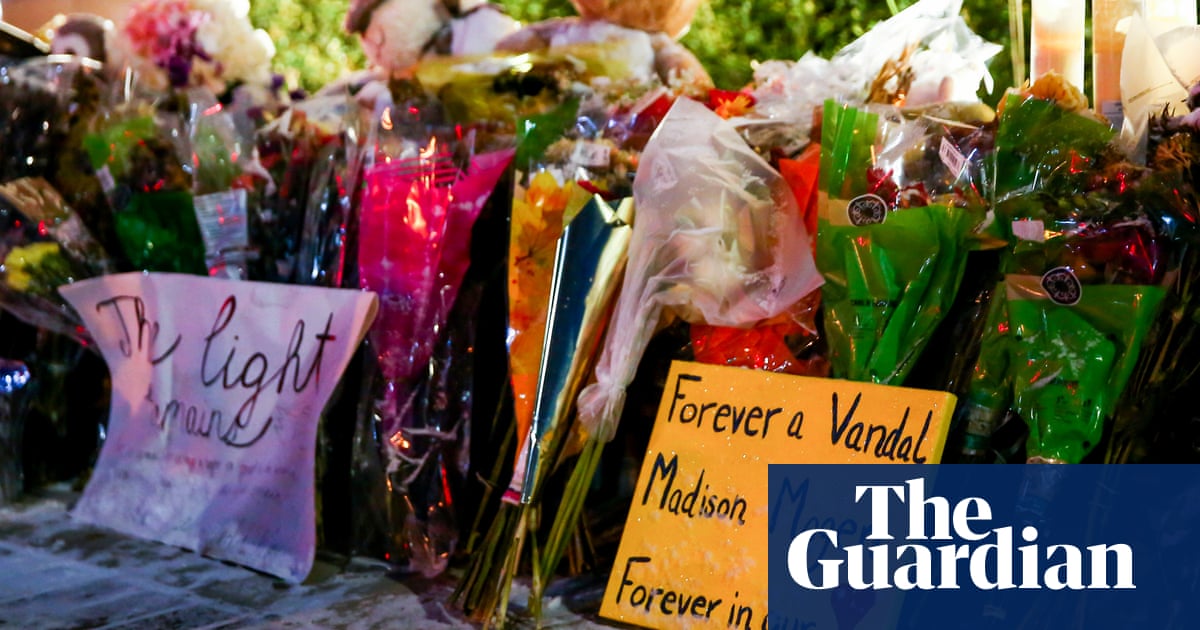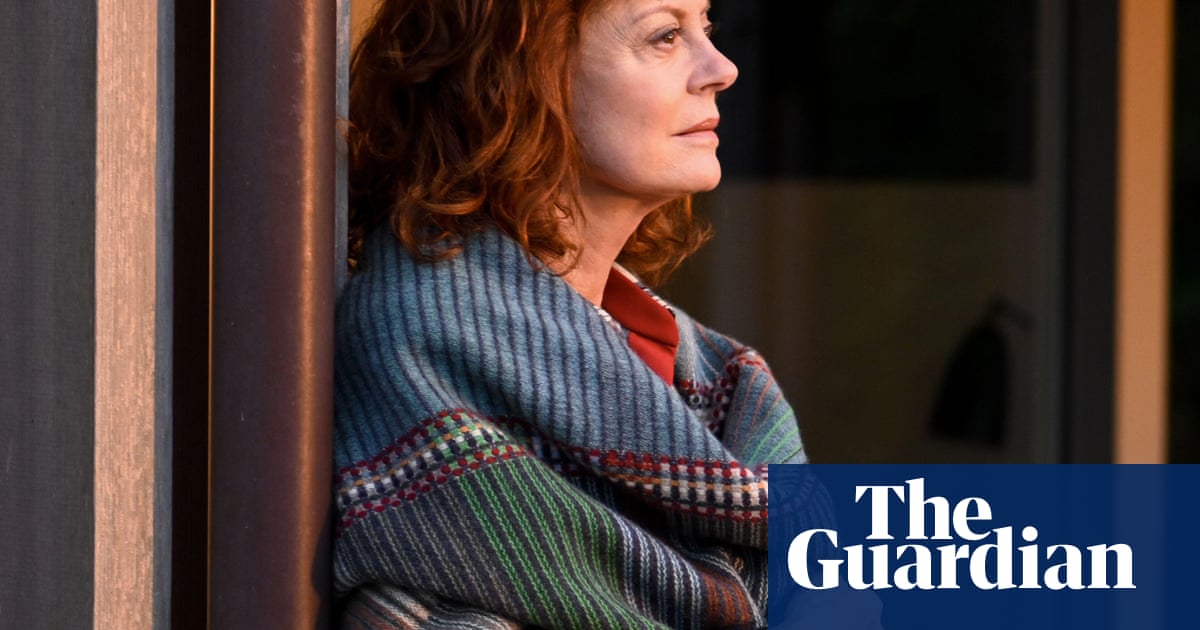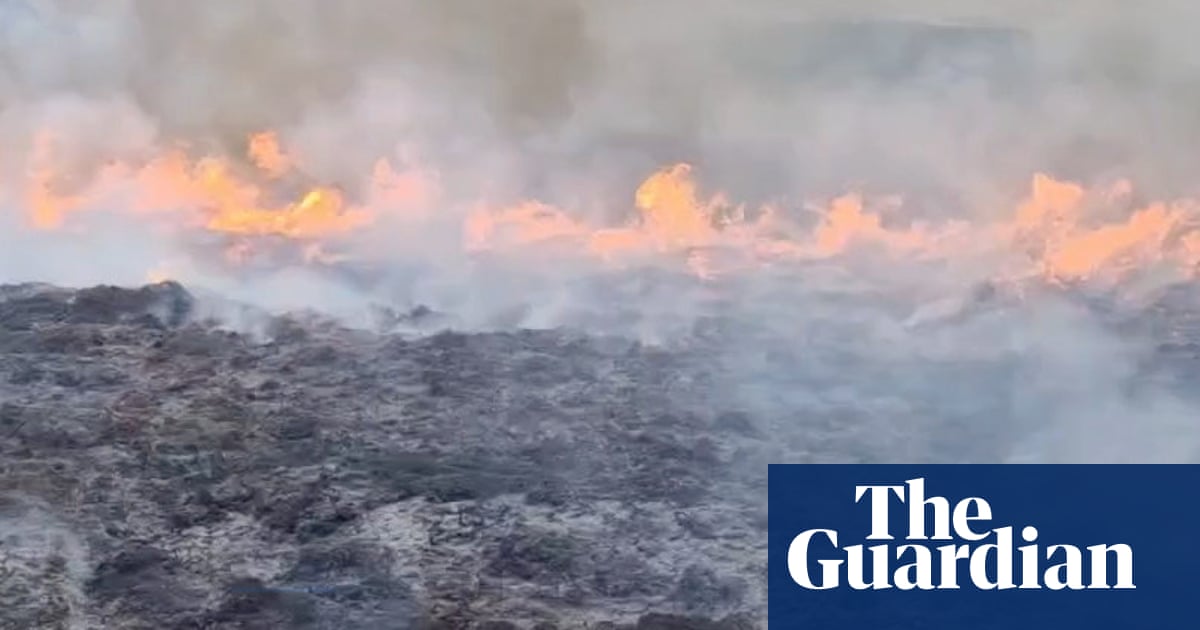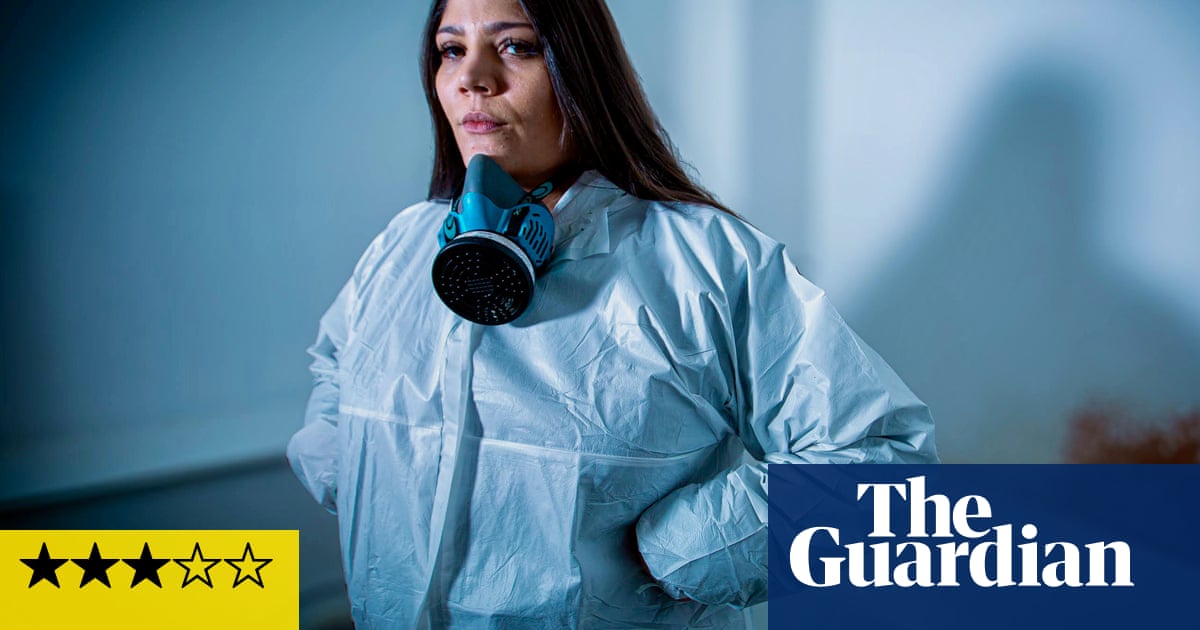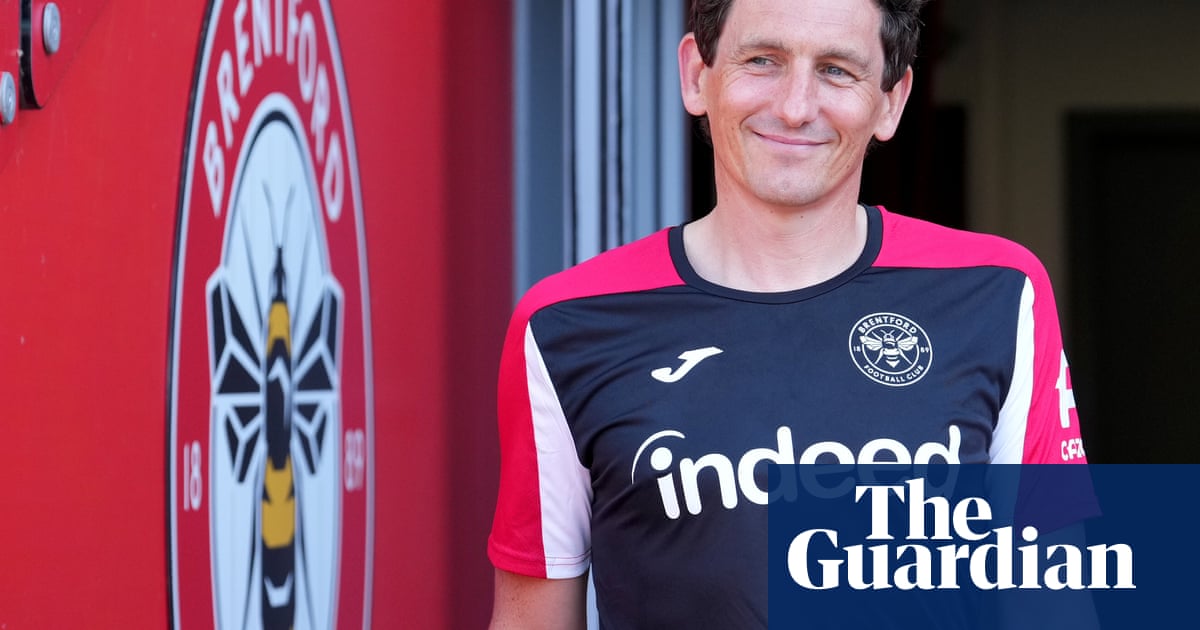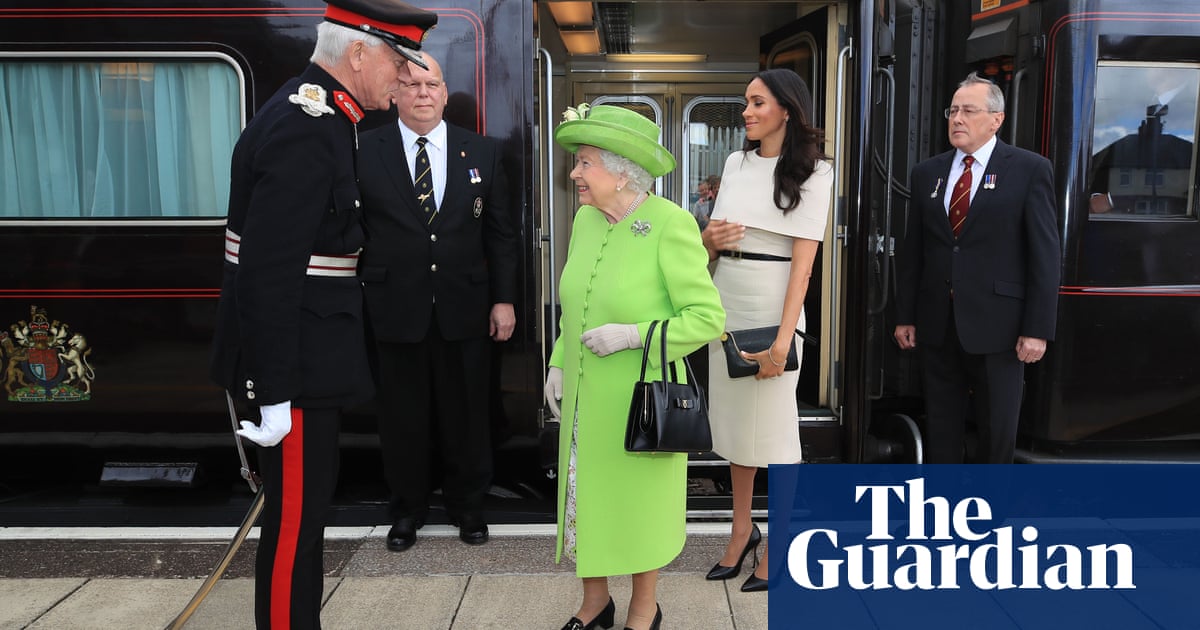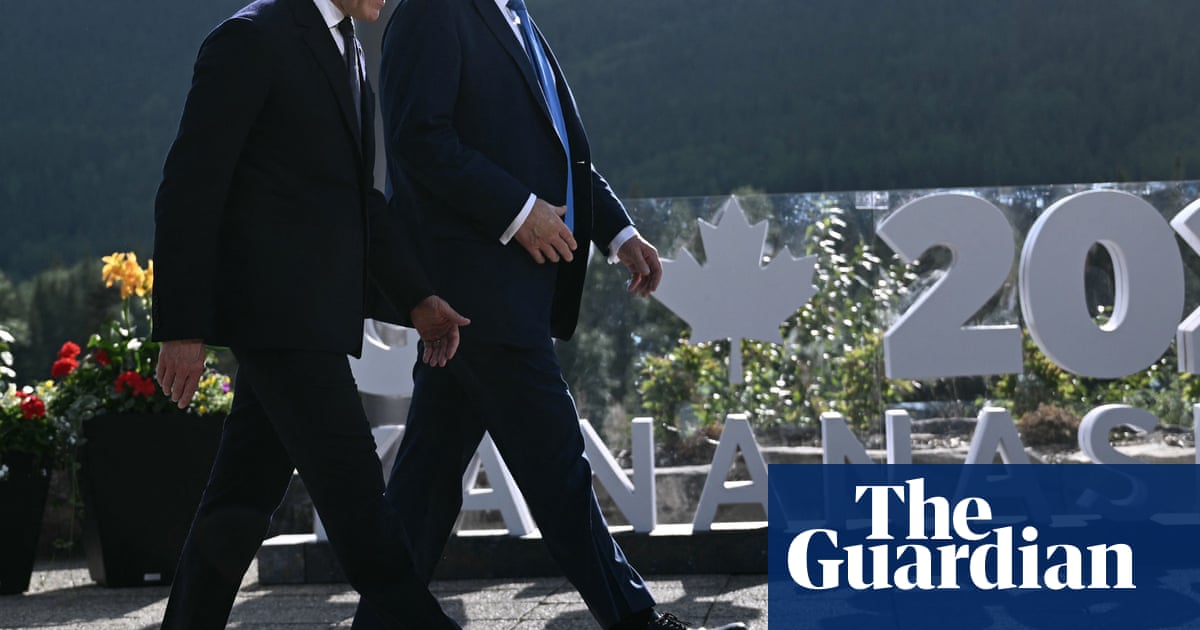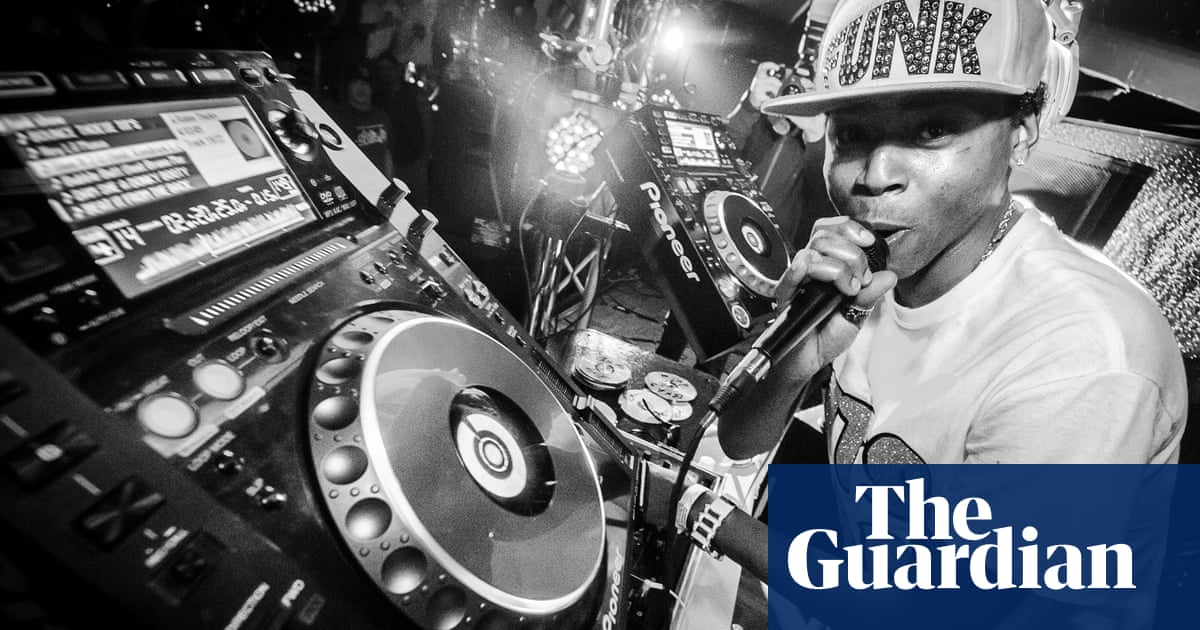Humor stands in a strange relationship to the art world. Often ranked as a lesser aspiration for the work of a true artist, when humor does find its way into the graphic arts, it’s as more of a condiment than the main dish.
How refreshing then to see the Phoenix Art Museum’s substantial new exhibition, Funny Business, which boldly and decisively leaps into the realm of comedic photography. Showcasing humor from a wealth of angles, including slapstick, whimsical, acid, surreal, ironic, parody, and so many more, the show offers ample opportunity to consider just what purpose laughter serves – and to enjoy a hearty laugh or two on a summer’s day.
According to show curator Emilia Mickevicius, photography is an ideal medium to explore humor because, unlike other forms of art, it has a particular relationship to reality. “Jokes deliver punchlines, deliver surprise, disrupt hierarchy or expectations – the disruption of expectation is essential to how humor works. Photography is good at doing that because of its special relationship to the pre-existing visual world. When you look at a photo, it’s the opposite of the suspension of disbelief – you’re like, wait a minute, how can this be?”
Some, such as Duck and Boxer by Hungarian animal master Camilla “Ylla” Koffler, embody precisely the sensation that Mickevicius is talking about. Her snap of the titular creatures hanging out together on a beach, both looking off with curiosity to the the right of the frame, feels just too good to be true. In its hard-to-believe cuteness and absurdity, it resists the notion that every photograph is a fractional moment of reality, complicating the question of just what truth is recorded when photographic film is exposed to the light of day.
“Humor shows just how contextual photographic meaning can be,” said Mickevicius. “When someone tells a joke, it’s doing all this sneaky linguistic work, assuming that you as a listener have all these prior assumptions that the joke disrupts somehow. It’s so context dependent. Photos are too – they take on meaning in relation to one another, they are so porous to different fields, different areas of knowledge and experience.”
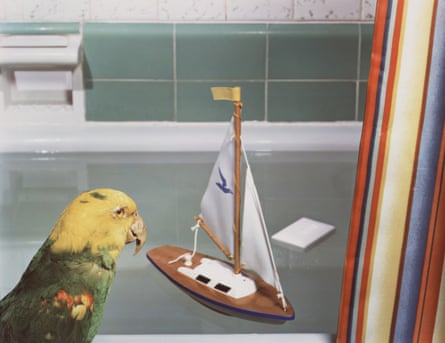
Jo Ann Callis’s 1980 shot, Parrot and Sailboat, looks similarly composed – just how did a parrot end up on the lip of a bathtub, eyeing a toy sailboat floating placidly in the water? Yet her shot moves in a different direction than Ylla’s, drawing away from a storybook sweetness and instead pulling toward a Lynchain surreal – there are overtones of menace and uneasiness, as though something unseemly is occurring just out of frame.
Together, the two photos indicate the layers of representation present throughout the show, the degrees of irony, the many tones and shades of nuance and emotion that these photographs tidily contain. The photos in Funny Business very much have the feeling of riddles, each one challenging viewers to interpret just what is going on and how it got into film. “I never get tired of thinking about how complex photos are, how not-straightforward they are,” said Mickevicius. “Humor is just such a great lens to do that.”
Other pieces in the show, such as street photographer Garry Winogrand’s untitled 1963 snap of a woman in cat-eye sunglasses staring into the camera while two rhinoceros butt heads behind her, come more in the “you can’t make this up” variety. What makes this photo is how everything – from the woman’s blank expression and bored posture to the positioning of the animals themselves, their rear ends to the camera – comes together in the decisive moment, demonstrating how humor can sometimes be a matter of milliseconds.
More contemporarily, Funny Business features iPhone videos from street photographer Jeff Mermelstein’s Instagram feed, where he captures strange little bits of street life in New York City. “He has been working for decades with traditional cameras, but got super excited in the last few years by working with his iPhone,” Mickevicius said. “They’re these ultra-zoomed in moments of the jostle of people in New York, these instances of touch between people. It comes from a place of what I’ve called an affectionate voyeurism, this kind of exhilarated eye that roves around and is like, ‘wow, look at how interesting people are!’”
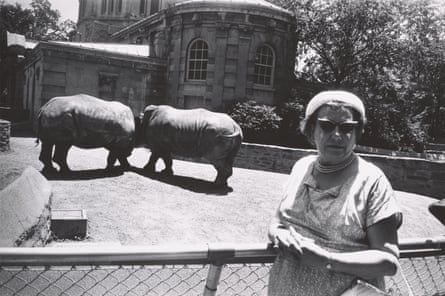
Funny Business also makes room for the sublime whimsy of American photographer Leslie Krims’s Porsche Rainbows, in which the artist sprayed a garden hose at the titular vehicle, capturing the beautiful rainbows that resulted. In the faded golden tones of the Porsche and the lo-fi aesthetic of these ’70s pieces, they have a glorious throwback feel to them, bringing to mind a kind of lazy afternoon Americana redolent of Slip’n’Slides. “They’re a simple and concise action that shows how photography can record these moments of magic,” Mickevicius said. “It’s just a pretty, joyous piece.”
As if this isn’t enough range yet, for something complete different Funny Business presents Mexican-American multimedia artist Steffi Faircloth’s Bordertown ASMR series, in which she offers short videos depicting her lived experience of the US border with Mexico. In one, Faircloth simply enjoys a Mexican elote – a barbecued ear of corn – before the border wall. Her genial act of consumption renders the miles of razor wire streaming out behind her completely ludicrous.“By performing this act of pleasure in front of the wall, it’s like she’s able to cleverly and tenderly and playfully be like multiple realities can exist at once, joy and suffering can coincide,” said Mickevicius.
Faircloth’s series also now seems prescient, as earlier this year the official White House X account published a video of individuals being deported, ironically deeming the clink of handcuffs and swooshing of jet propellers as “ASMR”. “Faircloth reposted that on her Instagram stories at the time and was like, ‘wow, do they know I did it first?’” said Mickevicius. “It’s totally horrifying, but also a really striking moment of how she anticipated them mobilizing this form in such an insidious way.”
As much as Funny Business can be a cerebral experience, it is first and foremost a pleasurable one. And that is music to Mickevicius’s ears. “I’ve been delighted to hear people laughing in the galleries,” she said, adding that she hopes the laughter can be a way in for audiences to think about art and society in new ways. “With all of my shows I like to move people to explore how photographs work and how truly sophisticated and slippery they can be as representations. When you go to a museum, you encounter perspectives that are different from your own. It has such a power to it – you can complete the interpretive circuit.”
-
Funny Business: Photography and Humor is on show at the Phoenix Art Museum until 4 January 2026

 9 hours ago
5
9 hours ago
5
